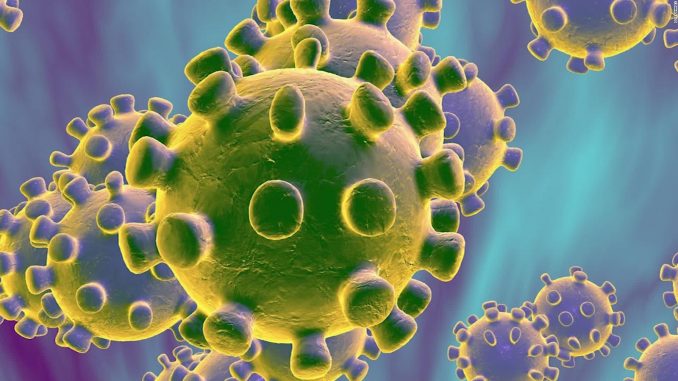
A fascinating analysis by Dr. Liz Specht of the Good Food Institute looks at the repercussive effects of a snowballing COVID-19 infection rate on the American health care system. This analysis can be found on her Twitter feed here:
Let's take a closer look at her analysis which was posting on March 6, 2020. She notes that we can conservatively assume that there are 2,000 current cases of COVD-19 infections in the United States, about 12 times the number of cases reported by the CDC as shown here:
This is not an unrealistic assumption given that a very, very small portion of Americans have been tested for the virus thanks to a general lack of test kits. She goes on to state that we can expect that cases will double every 6 days (i.e. an exponential increase), a typical doubling time across several epidemiological studies. This means the following:
1 million United States cases by the end of April
2 million United States cases by May 5, 2020
4 million United States cases by May 11, 2020 etcetera
This will have a significant impact on two key factors of the American healthcare system:
1.) Hospitals – Dr. Specht projects that there are about 1 million hospital beds in the United States which is a bit high given this data from the American Hospital Association:
She notes that 65 percent of these beds are generally occupied leaving around 330,000 beds available for COVID-19 patients. If Italy's COVID-19 hospitalization rate of around 10 percent is used, this means that by May 8, 2020, ALL of America's open hospital beds will be occupied. This also ignores the fact that many of these hospital beds are not suitable for highly infectious viral situations. If 20 percent of cases require hospitalization, the United States runs out of open hospital beds by May 2, 2020 and if 5 percent of cases require hospitalization, the United States runs out of hospital beds by May 14, 2020.
2.) Respirators/Masks – There is a significant shortage of masks at this early point in the life of the latest global pandemic. According to Health and Human Services Secretary Alex Azar, there are currently 12 million N95 respirators and 30 million surgical masks in inventory and also stated that the United States needs a stockpile of 300 million N95 face masks for medical workers to combat the spread of the virus. A pre-solicitation offer has been issued by the federal government for the acquisition of 500 million N95 respirators over the next 18 months as shown here:
These single-use masks will be added to the inventory of the Division of Strategic National Stockpile (DSNS) of the United States Department of Health and Human Services.
Let's go back to Dr. Specht's analysis. There are about 18 million healthcare workers in the United States and she makes the conservative assumption that only 6 million of those are working every day. With only 12 million N95 respirators in inventory, healthcare workers would burn through the entire inventory in just two days. While the masks can be used more than once, this is hardly ideal. With the vast majority of these masks and the raw materials being used to manufacture the masks being produced in China, we can quickly see the problem. While the additions of 500 million respirators to the DSNS inventory is a wonderful idea, this is not expected to be completed for the next year and a half.
Let's close with this quote from Dr. Specht:
"Importantly, I cannot stress this enough: even if I’m wrong – even VERY wrong – about core assumptions like percent of severe cases or current case numbers, it only changes the timeline by days or weeks. This is how exponential growth in an immunologically naïve population works. Undeserved panic does no one any good. But neither does ill-informed complacency. It’s wrong to assuage the public by saying “only 2% will die.” People aren’t adequately grasping the national and global systemic burden wrought by this swift-moving of a disease."
Click HERE to read more from this author.
You can publish this article on your website as long as you provide a link back to this page.

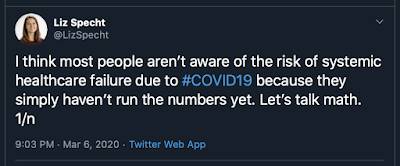
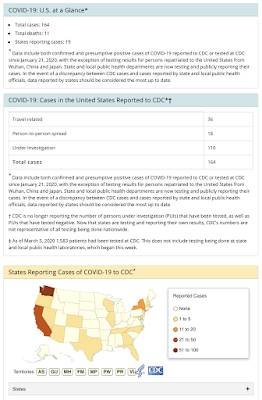
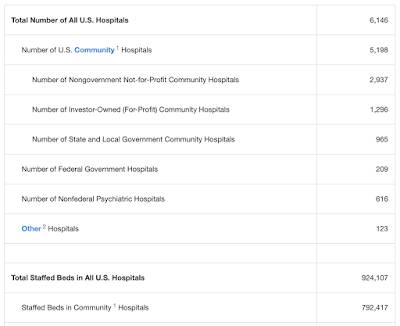
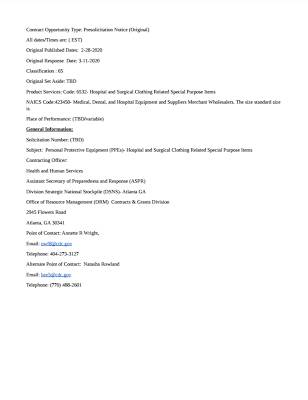
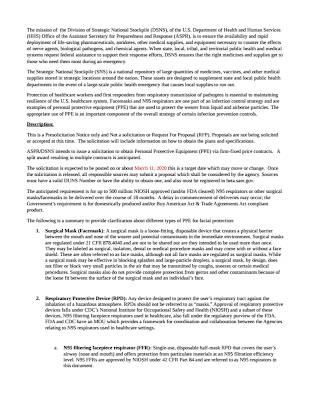
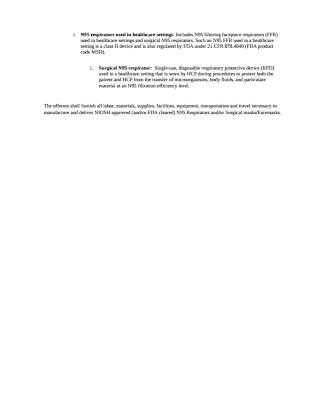
Be the first to comment